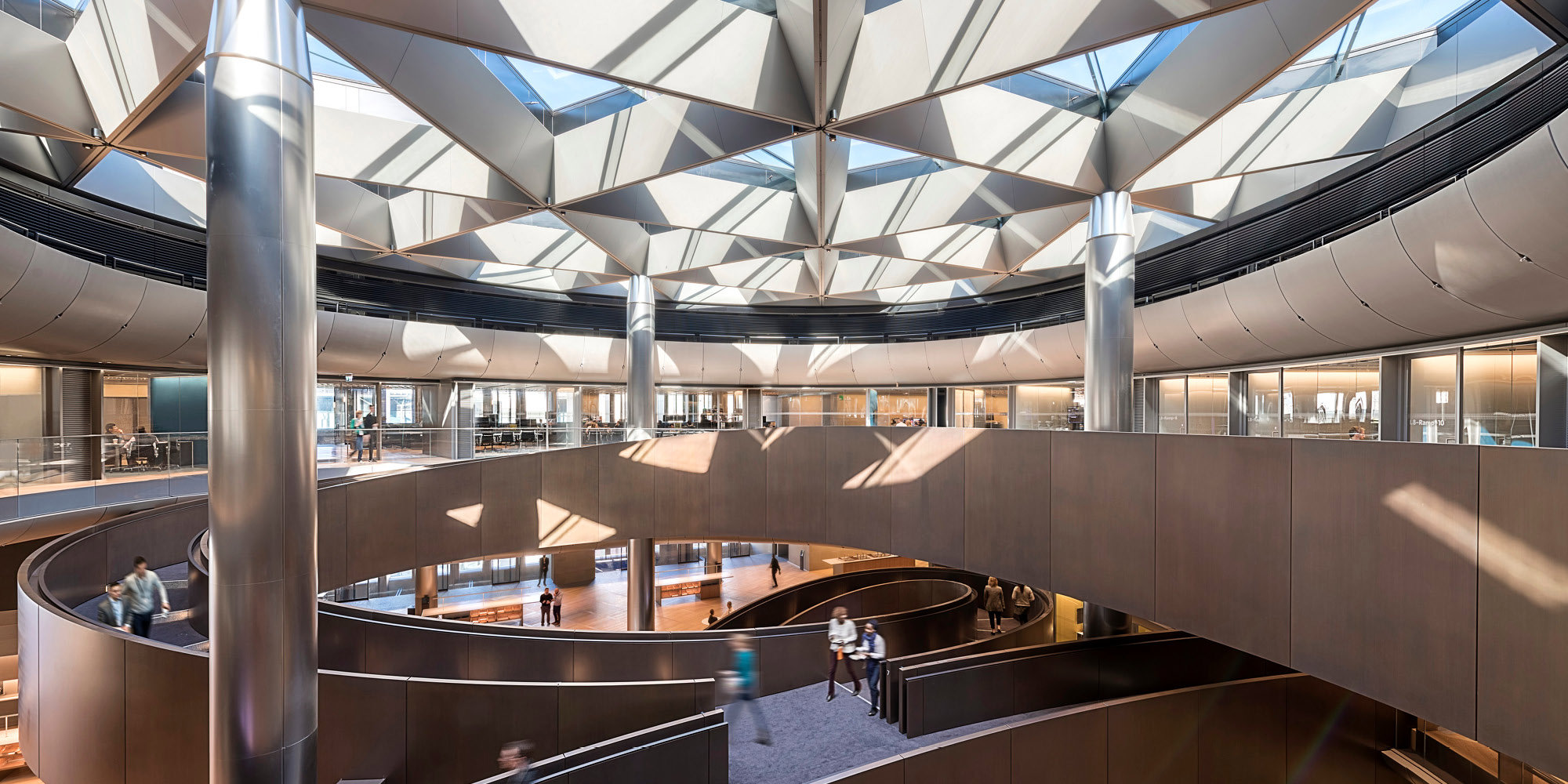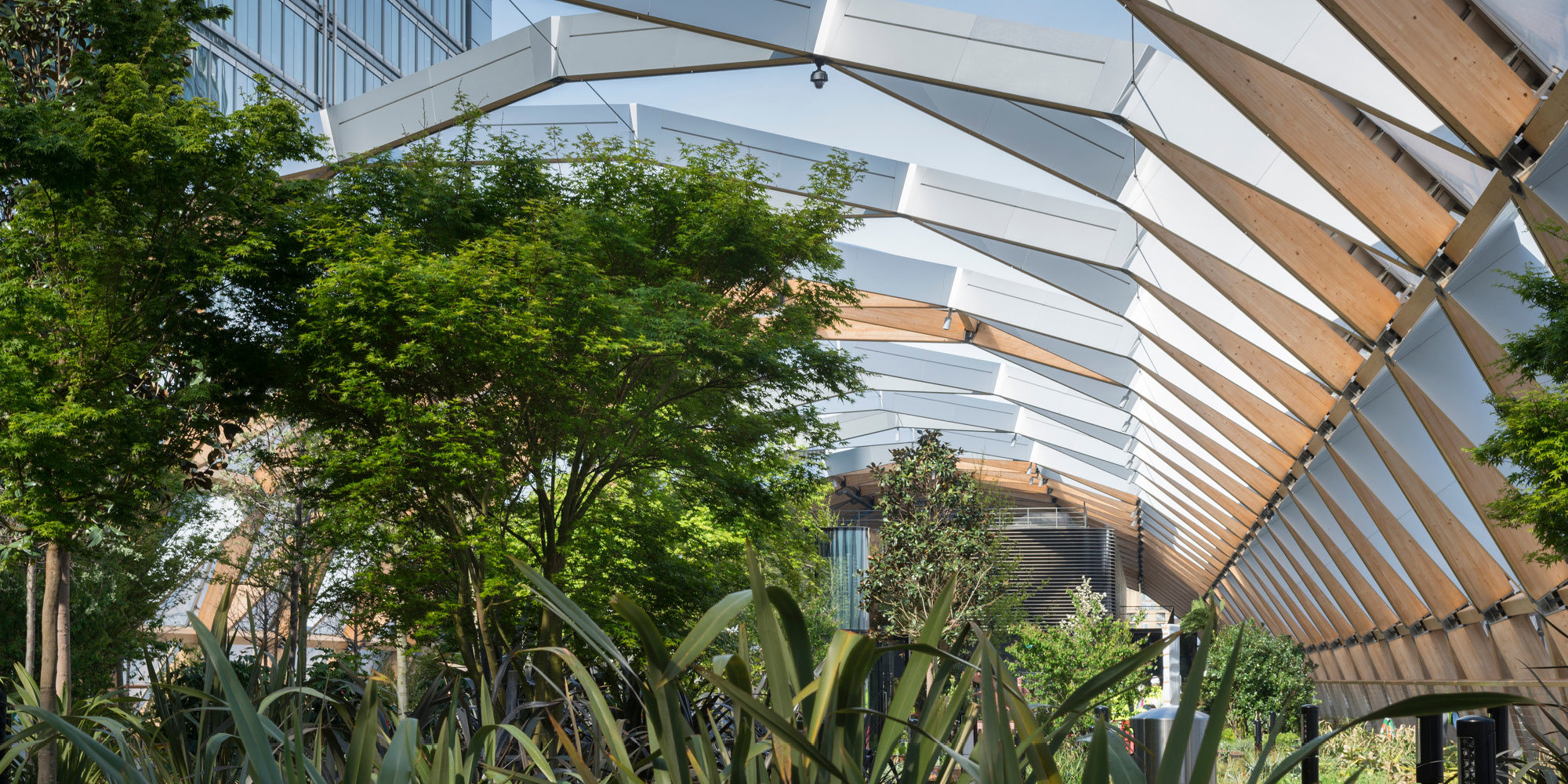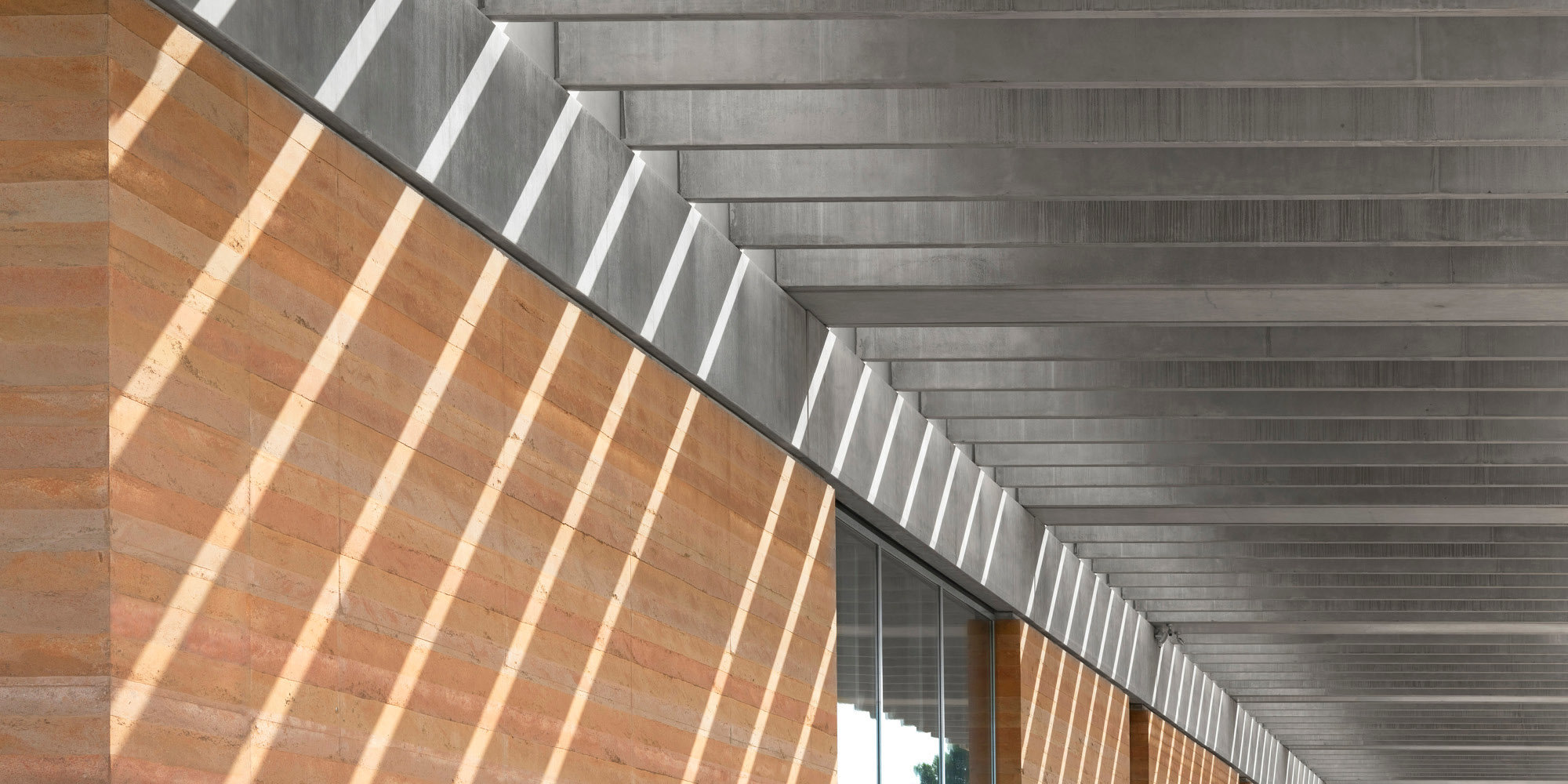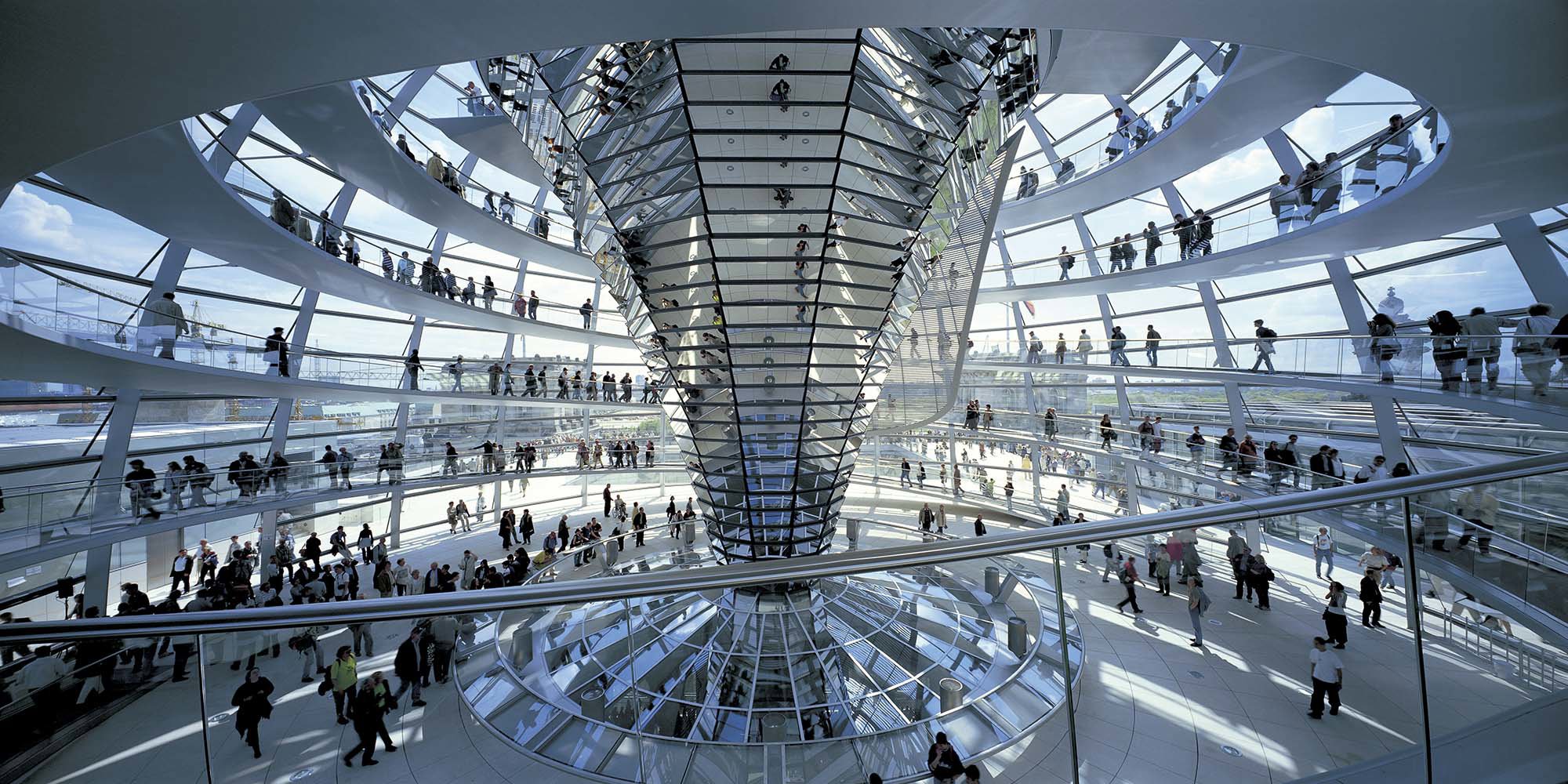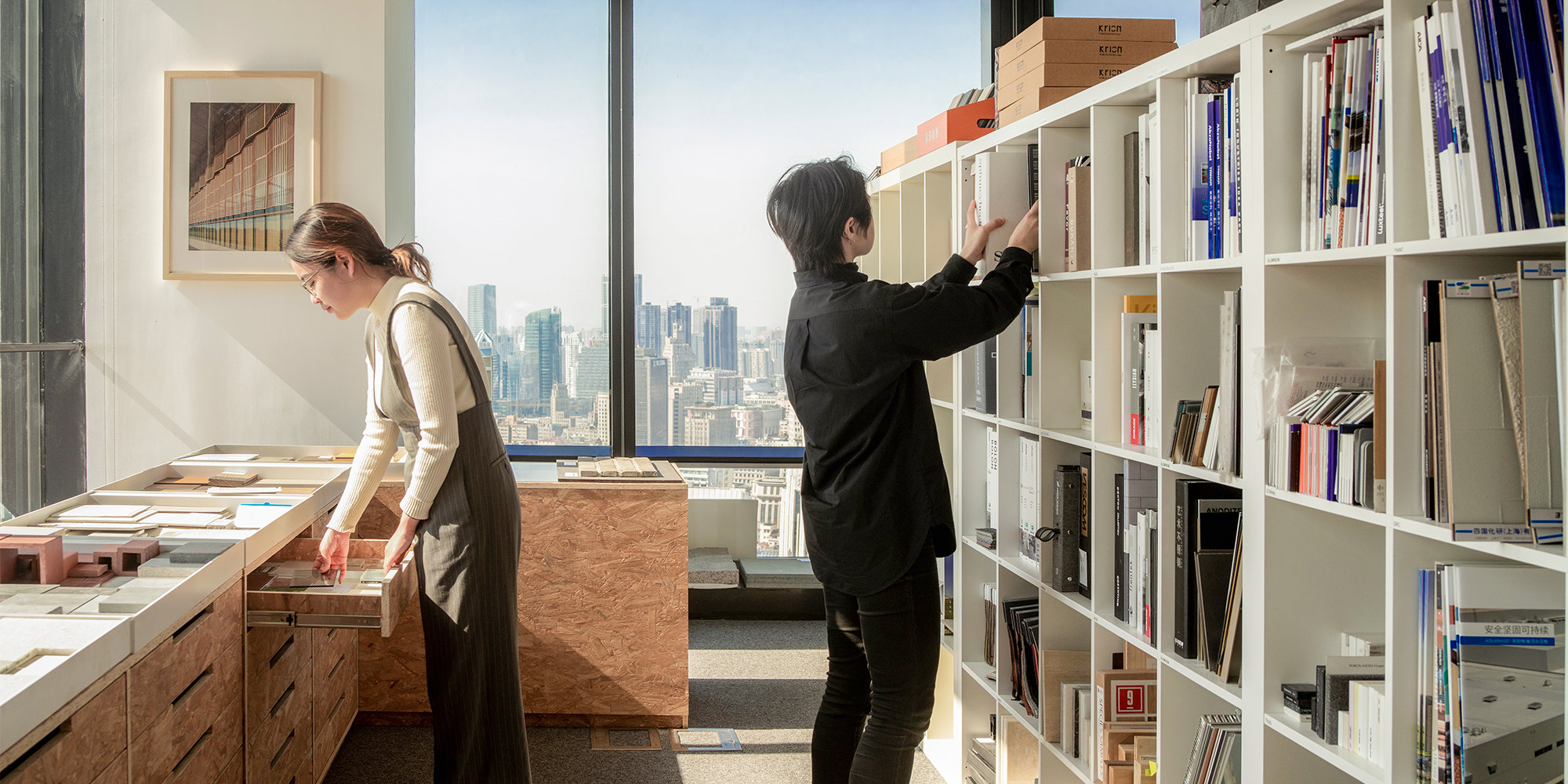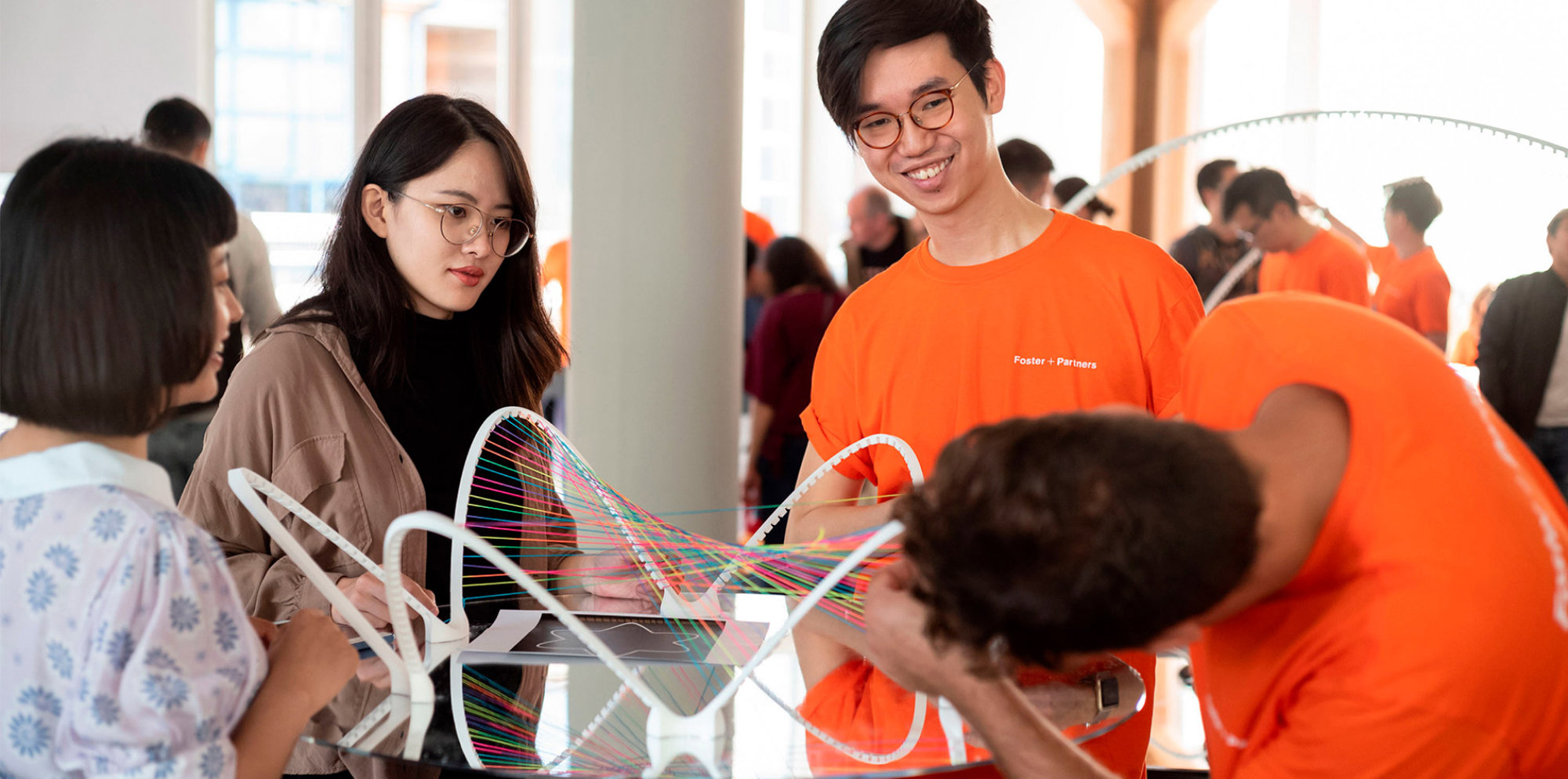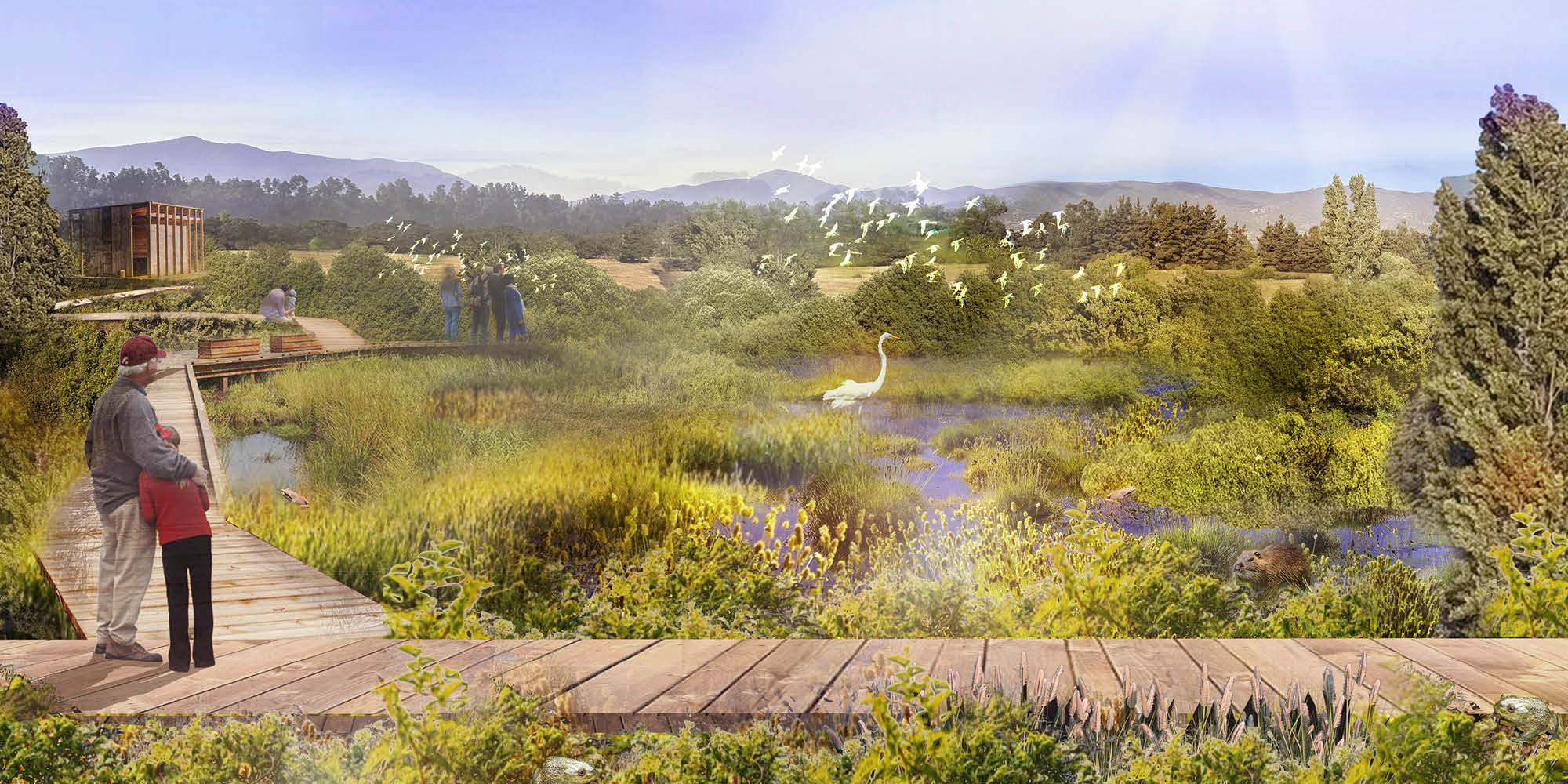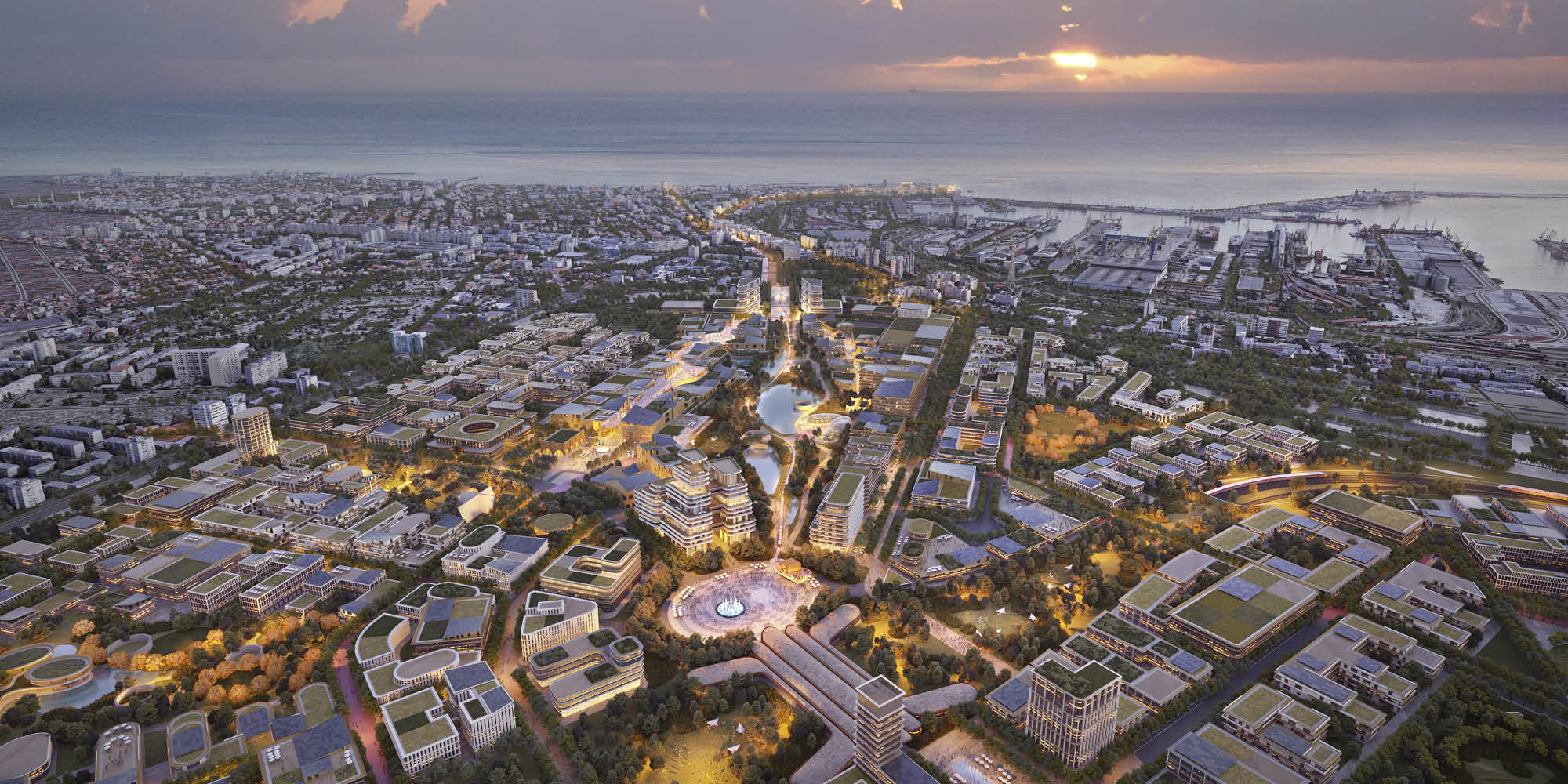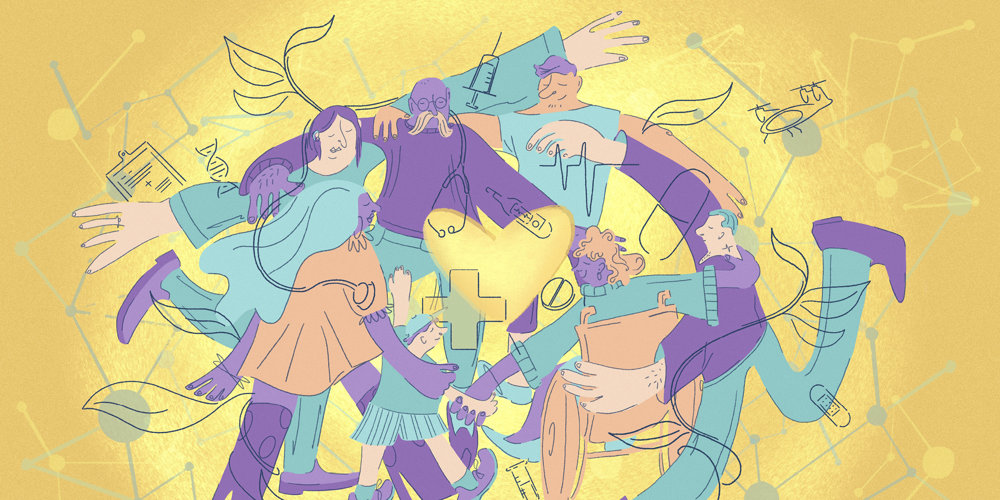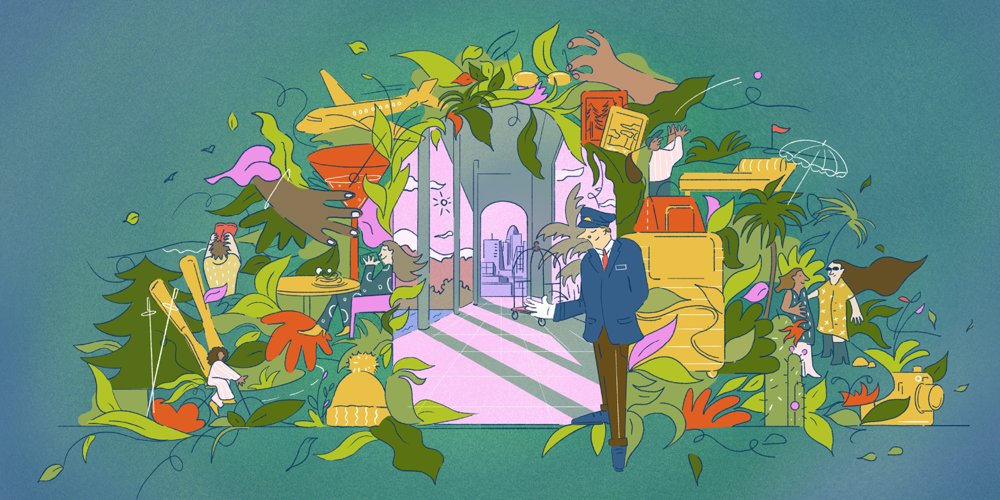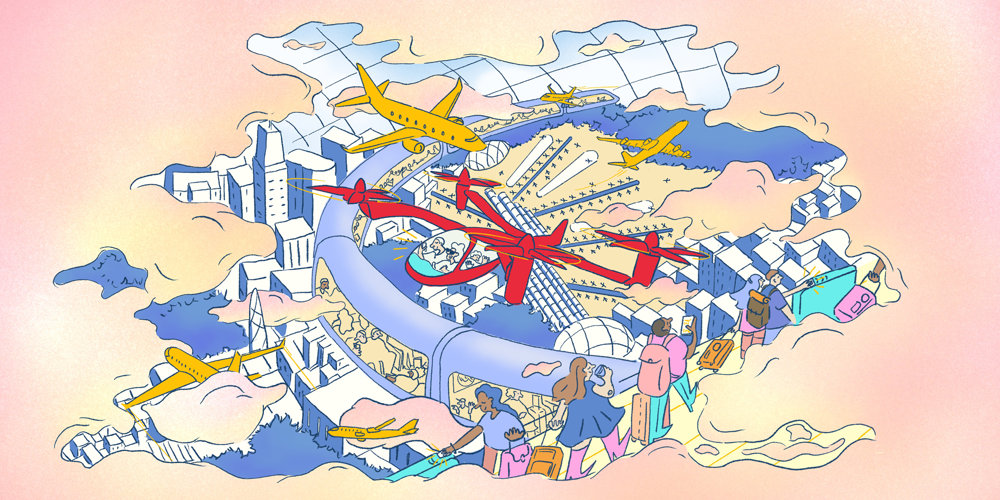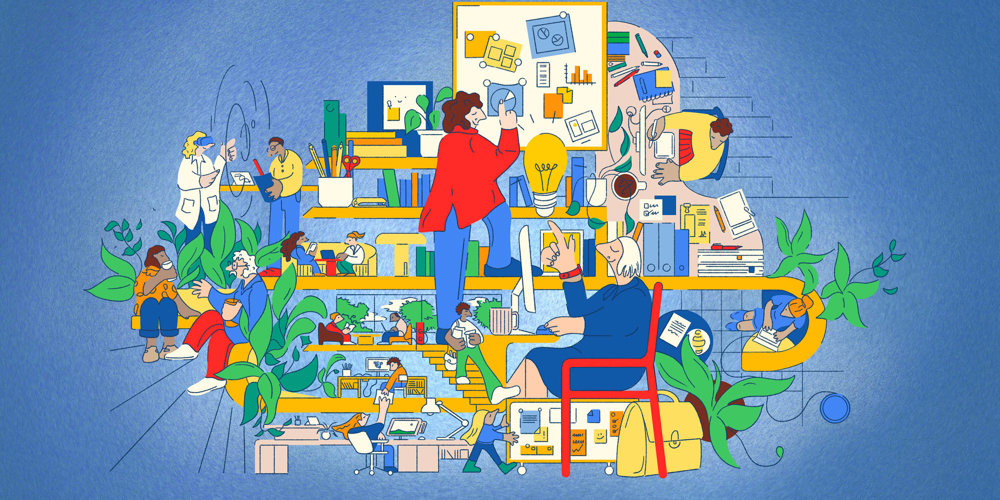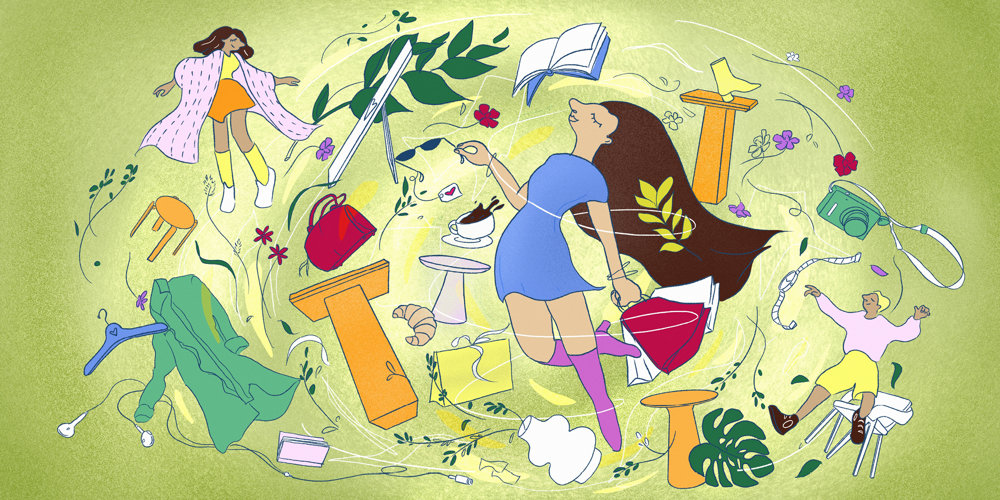Every month, three different voices from the practice share their ideas about the future of the built environment. Covering a range of typologies – from healthcare to airports and the workplace – we are building a picture of tomorrow.
This month, we hear from members of the practice’s Urban Design + Landscape team: Alex Gault, Theo Malzieu, and Luisa Peixoto. Their responses highlight the importance of designing urban environments that successfully integrate ecological principles, the need for tensions and dialogues between different perspectives, and the role of mobility design in creating future-ready cities.
